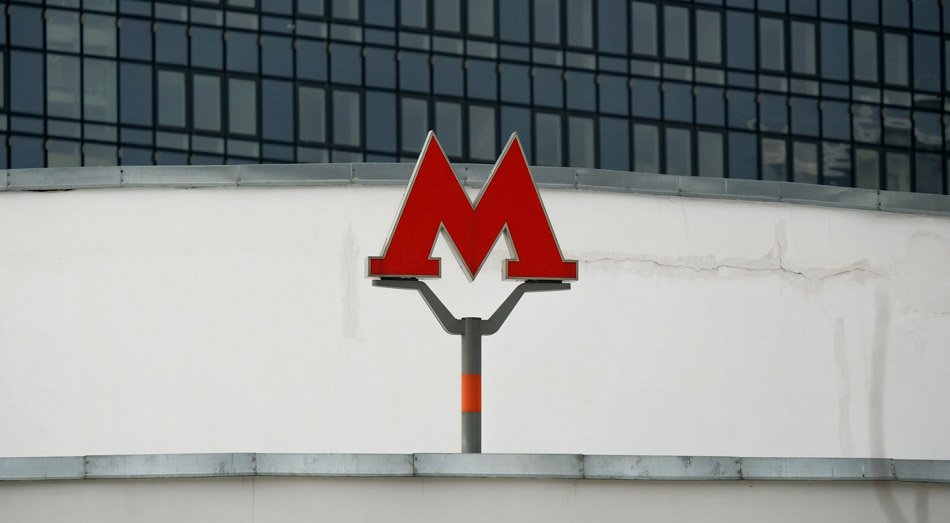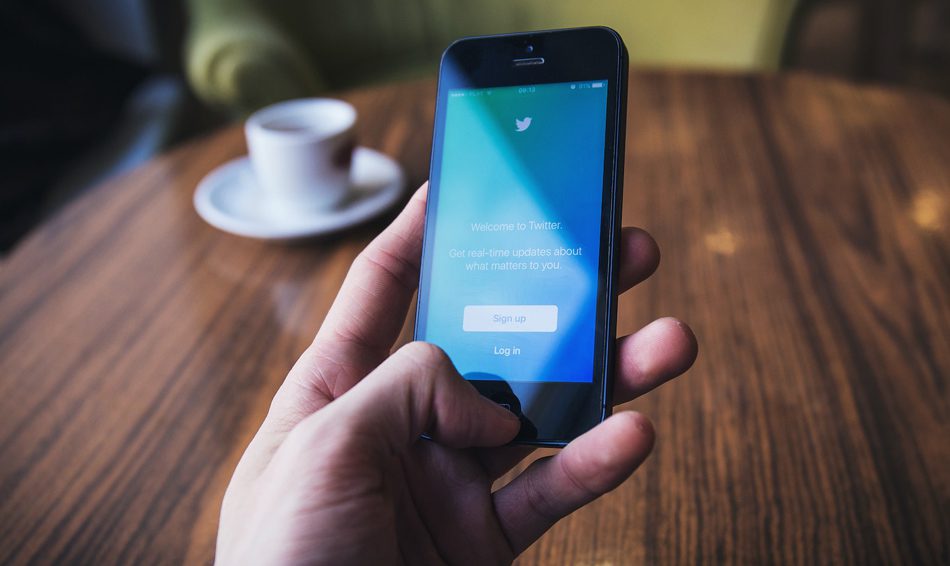The Moscow metro stations are hailed for their architectural beauty and stunning interiors, making them one of the most beautiful in the world. Approximately 9 million people use the subway on any given day in Moscow which also makes it the busiest. Trains run every 90 seconds and are extremely punctual and efficient.
Out of the 200+ stations, 44 of them have been turned into heritage sites of national importance; the mural art decorating the walls and the imposing structure are reminiscent of the power Russia exuded in the earlier days. The Moscow Metro stations are all well-illuminated, spacious, and clean. The stations are also one of the most photographed because of their larger-than-life designs and grand interiors with hanging chandeliers and wall art. Very few public transport places are as inviting as those we see in Moscow.
The Moscow Metro is clocking 90 years. As we gather from above, the stations are massive and super impressive. What’s more, some stations and even trains have live artists and performers to entertain you with their instrumental notes. You can travel anywhere at one flat rate in Moscow; it’s best and even cheaper to travel on the public transportation card on the Moscow subway.
There are 17 metro lines in total in Moscow. The metro is open between 5:30 am and 1 am every day. Though you pay just once here and there’s no zone-wise travel, you can avail of different types of tickets — the Troika Card, and the United Card, and you can also use Apple Pay and Samsung Pay. You can buy a ticket from the ticket office inside the stations, called Kacca, or from the vending machines. Follow the signs to stay on the right track.
The announcements inside the trains are made in both Russian and English for everyone’s convenience so foreigners need not find themselves in a fix. Most modern cars have interactive electronic screens installed to show the route that the train is taking, and the location is marked in red.
The Moscow metro is safe by and large, but it’s best to avoid the morning and evening rush hours which are between 8:00 -9:30 am and 4:00 -7:30 pm. Pickpocketing cannot be completely ruled out in crowded spaces though this is not a regular feature. Notwithstanding that, it’s best to be on your guard and take care of your possessions.
In the following section, we tell you what to do if you lose your bag or other things on the Moscow metro trains or at the stations.
1) Report to Their Lost and Found Service

The list of lost property usually includes items like eyewear, keys, ID documents, passports, wallets, driving licenses, electronic devices like phones and laptops, jewelry, gloves, scarves, sweaters, etc. If your item falls in any one of these categories, you can approach the Moscow Subway Lost Property Office in person at Kotelniki Station Hall Est, Lyubertsy, Moscow Oblast, Russia – 109431.
Alternatively, you can reach out to the authorities on the phone by dialing +7-495-539-54-54. They are open every day from Monday to Sunday between 8 am to 8 pm. You can also visit their official website here.
The other stations with Lost Property services are:
Kursk Train Station — +78-800-775-00-00
Paveletsky Train Station — +7-499-605-20-00
Belorussky Train Station — +7-800-775-00-00
Yaroslavl Train Station — +7-800-775-00-00
2) Fill and Submit Online Missing Property Report

Once you have notified the concerned authorities in person about your lost items, you need to submit an online report that can serve as an official record of the timely measures you took to help the authorities to launch a search for your items. Make sure that you have a case/file reference number that you can use to follow up for all updates in the future up until your things are getting recovered. Click on the following link which will direct you to a web form that may be filled in in either of the three languages that are mentioned therein — English, Espaniol, or French.
You will need to furnish the following details in the online form — your first and last name; your email address; a working telephone number; postal/street address with zip code; full description regarding the lost item — time of loss, the location where it was lost, train number and route, station name, and any distinctive feature of the item that will help to establish its ownership and set it apart from other items with a similar description.
3) Share Your Experience on Social Media

It will only be under rare circumstances that you might have to resort to social media platforms to raise visibility for your problem because most lost items eventually get retraced to their owners in a matter of a few days. Once you have registered a missing report, authorities get on the case. They launch a frantic search and on successful attempts, they contact the owners to verify details before they hand over their things from an appointed place. However, in the worst-case scenario that no one from the Lost and Found department contacts or updates you, you may take to Twitter and Linkedin and leave a post that will work as an escalation and swing things into a faster mode of action.

